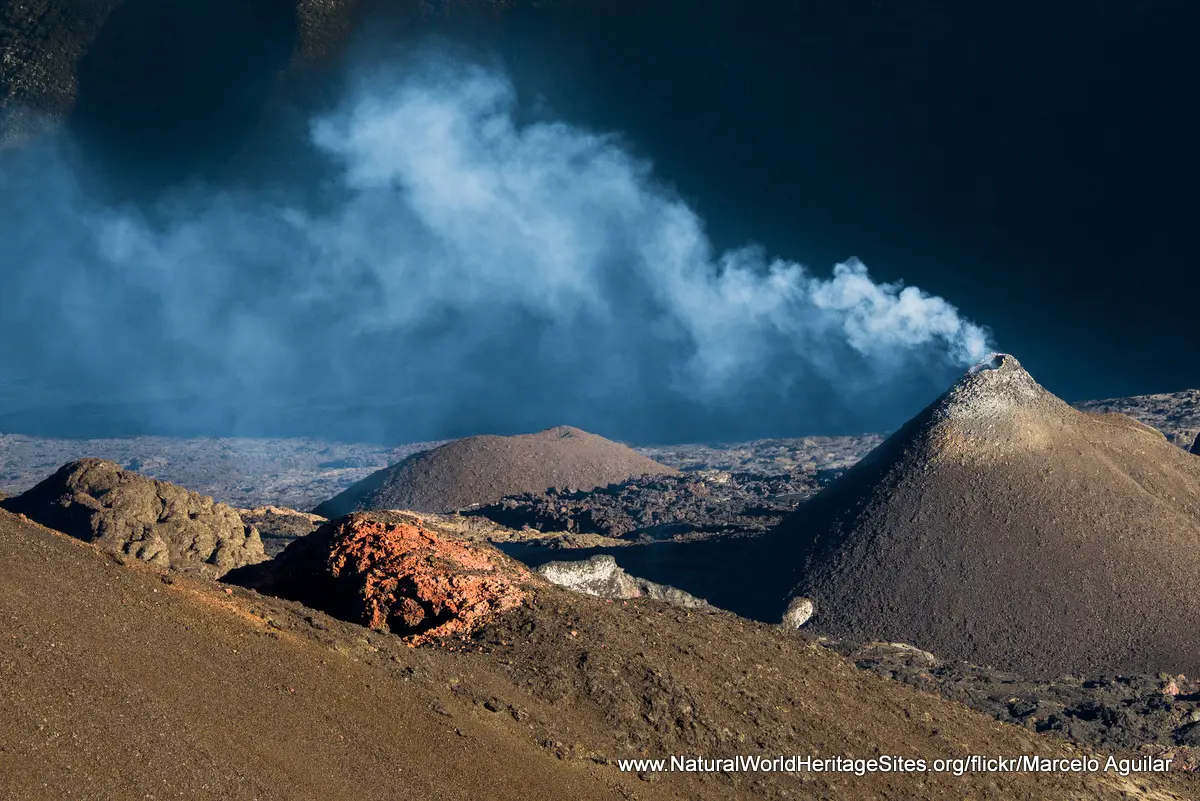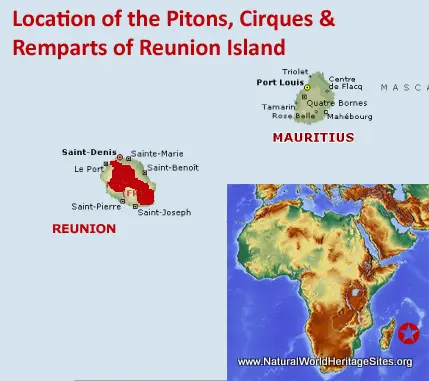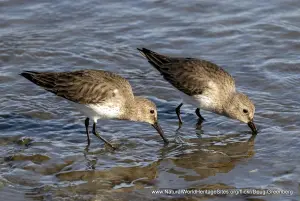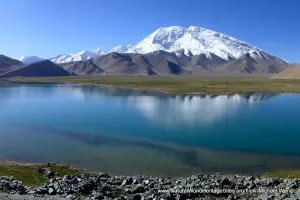EXPLORE Pitons, Cirques and Remparts of Réunion Island with this slideshow, check the location map and get all the facts and information below.
For slideshow description see right or scroll down (mobile). Click to view slideshow
Location and Values: The Pitons, Cirques and Remparts of Réunion Island are protected within La Réunion National Park which covers 40% of Réunion, a remote volcanic island in the south-west Indian Ocean. The site covers an area of dramatic scenery centred around two massive volcanic peaks (‘Pitons’) with their associated steep rock walls (‘Remparts’) and collapsed calderas (‘Cirques’). The two peaks rise from the sea floor to elevations of 3,071m (the dormant Piton de Neiges) and 2,632m (the highly active Piton de la Fourniase), and are flanked by steep, deeply dissected terrain, with heavy rainfall on the windward side of the island and much drier conditions in the lee of the mountains. This provides for a great diversity of vegetation types and biodiversity. There are sub-tropical rainforests, cloud forests and dry ericaceous heaths, supporting 840 species of vascular plants including a remarkable 389 (46.3%) endemic species. A large number of these endemic species are highly threatened, with 124 of them listed as Critically Endangered.
Conservation Status and Prospects. According to IUCN’s Conservation Outlook Assessment (2017) the conservation status of the Pitons, Cirques and Remparts of Réunion Island is of ‘high concern’. The IUCN report notes that invasive alien species are a significant threat to the ecology and survival of the native flora and fauna. At least 27 invasive alien plants (such as giant bramble, guava, Mauritius hemp, lantana and privet) are proving very difficult to eradicate, while eight alien species of mammal (deer, goats, rats, dogs and cats), six species of bird, four fish, a reptile and 18 invertebrates are all having an adverse impact on the survival of native species. The threat from alien invasive species is exacerbated by the occurrence of natural events such as volcanic eruptions and cyclones which periodically destroy areas of native vegetation and create the conditions for rapid spread and invasion by exotic species.
Other threats to conservation of the site include (1) forest fires; (2) soil erosion; (3) the construction of new roads and paths (which incidentally provide access to poachers and facilitate the illegal collection of rare species such as palm trees, orchids and birds); (4) tourism development and (5) the expansion of neighbouring communities. In the longer term, climate change is likely to impact the ecology of the site in ways that are difficult to predict.
Links:
Google Earth
Official UNESCO Site Details
IUCN Conservation Outlook
UNEP-WCMC Site Description
Birdlife IBA
Slideshow description
The slideshow ‘tells the story’ of the Pitons, Cirques and Remparts of Réunion Island with a portfolio of photos that illustrate the dramatic landscape features of the site, from its coastal cliffs and beaches to its forests, heaths and more barren high deserts. The slideshow starts with distant views of the Piton de Neiges and its massive remparts, before highlighting the volcanic features, cones and recent lava flows of the Piton de la Fourniase. Some impressive lava tube ‘caves’ are shown as well as a variety of enchanting waterfalls in the lower-lying forested parts of the site. Some of the reptile and bird species found on the island are shown. The vertebrate fauna is poor (as is typical for a remote island) with at least 50% of the species that existed before human settlement (around 1650) now extinct (including a species of giant tortoise). The slideshow ends with a couple of images of the coastline where lava flows have reached the sea.
The following Flickr photographers and other sources are acknowledged with thanks for their contributions to this slideshow: Aleix Cabarrocas Garcia, bebopeloula, Jean Paul Tonnelier, Marcelo Aguilar, Michael Mayer, Philippe Vieux Jeanton, Pierre Guinoiseau, Vicente Villamon and Vincent Gestin.
Factfile
Website Categories:
Islands
Earth Features
Area: 1,058 km2
Inscribed: 2010
UNESCO Criteria:
- Outstanding natural beauty (vii);
- Natural habitat for biodiversity (x);
- Significant number of rare, endemic and/or endangered species (x)





